Support for muck and slurry management: What’s on offer?
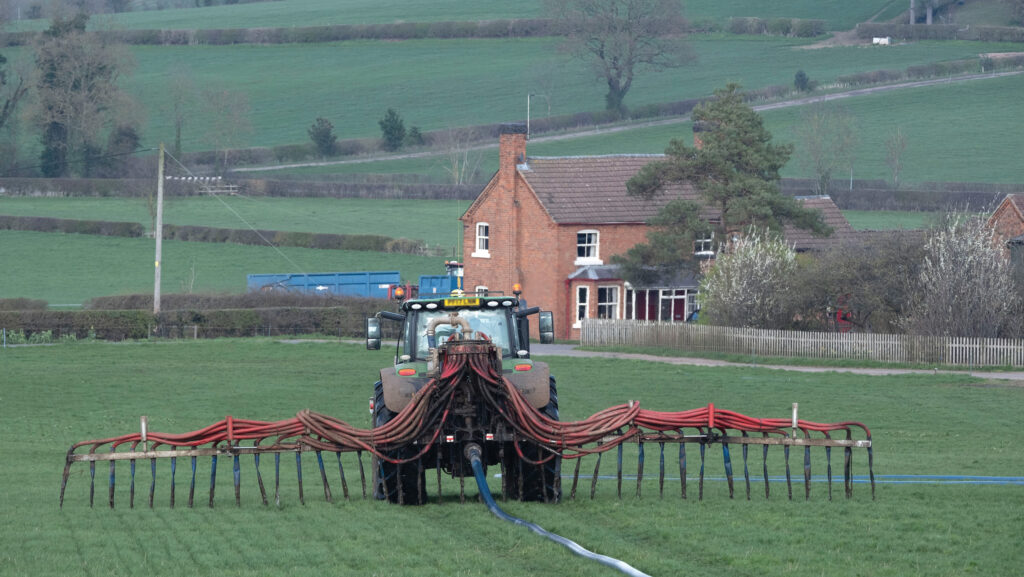 © Tim Scrivener
© Tim Scrivener Tackling pollution from agriculture is a priority for governments in all four UK countries.
As a result, there is growing pressure on farmers to get better at managing their slurry and muck, including how they store and apply those nutrients.
See also: How rainwater harvesting is protecting borehole supplies
Complying with new legislation that sets those expectations in statute is collectively costing farm businesses millions of pounds.
Support is on its way from governments through grant schemes that part-fund infrastructure and equipment to reduce the risk of nutrients finding their way into watercourses.
A significant pot of money allocated in 2025 is currently being rolled out on farms.
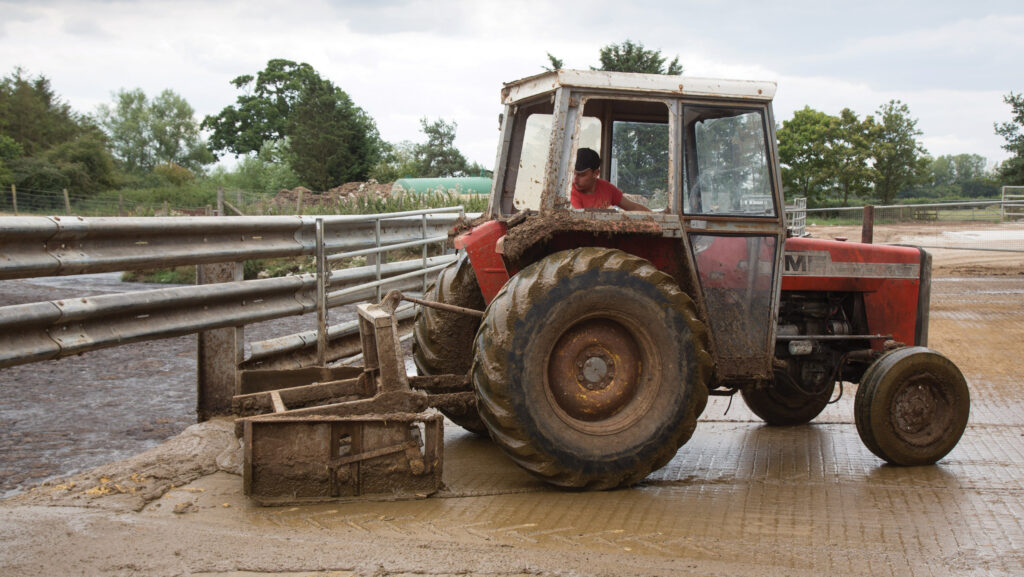
© Tim Scrivener
In Wales, for example, the principal scheme, the Nutrient Management Investment Scheme, offered £54m across three application windows, the most recent in September 2025.
It was no surprise that this final round attracted 556 expressions of interest, as unions challenging the Wales-wide nitrate vulnerable zone (NVZ) rules argued that they would require hundreds of farms to install additional infrastructure to store slurry during lengthy closed periods.
Only three of those expressions of interest failed to make it through to the full application stage.
This means 553 farms are likely to get a 40% grant to help pay for slurry stores, silage clamps, roofs and covers for existing stores, and tankers and other spreading equipment.
Such cash injections are important, since many farmers are struggling to finance these upgrades. So what else is on offer, and how can farmers bid for a share?
Wales
The Welsh government has one active grant scheme for slurry and muck investment.
Another will open in January 2026, and future payments will be available under the new Sustainable Farming Scheme (SFS).
Small Grants – Yard Coverings
Window 4 of this scheme is live until 21 November 2025.
The government has set aside £1m to part-fund infrastructure to separate rainwater and slurry from livestock feeding and collecting areas and where manure, slurry and silage are stored.
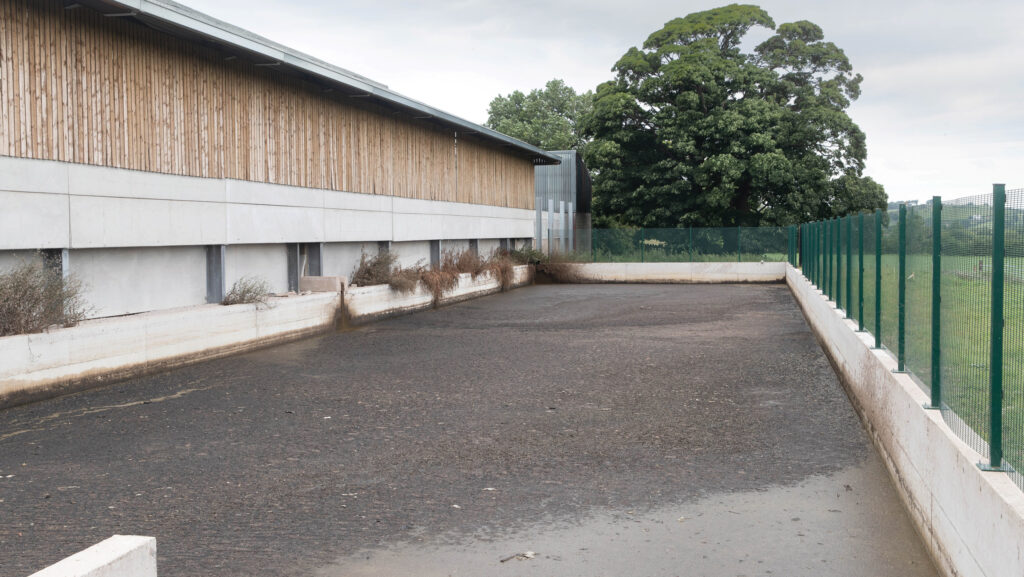
© Tim Scrivener
This grant is capped at £15,000 for each application and there is a minimum threshold of £3,000, intended to meet 40% of the capital cost of an item, excluding VAT.
On the list of eligible items are roofing, kerbing, cross drains, guttering, and rainwater harvesting and filtering systems; kits for analysing slurry also qualify.
The grant is open to primary producers of agricultural products across multiple sectors including dairy, beef, pigs and poultry.
Applicants must have at least 3ha (7.5 acres) of eligible agricultural land registered with Rural Payments Wales (RPW), or have a business that can demonstrate more than 550 standard labour hours.
Applications can only be submitted through RPW Online.
Small Grants – Efficiency
The application window for the next round of funding, window 5, opens on 12 January 2026 and runs until 27 February 2026. Window 4 had a budget of £5m and there is an expectation that this will be at least matched, if not increased.
This grant is a capital scheme intended for items that help farmers to improve “the technical, financial and environmental performance” of their farm businesses.
The list of eligible items for window 4 included cattle crushes, electric fencing, calving gates and sheep handling equipment.
The maximum grant is £15,000 and the minimum £1,000. Again, the grant will provide a maximum 40% contribution towards capital investments in equipment and machinery, excluding VAT.
Any historic participation in the Farm Business Grant or previous rounds of the Small Grants – Efficiency scheme will not rule out an applicant from bidding for the maximum £15,000.
Sustainable Farming Scheme
The government says future pollution control schemes will fall under the SFS when it launches in 2026.
Under the Optional Actions tier, a range of activities to improve water quality, water usage and flood mitigation will qualify for payments.
Published guidance shows this could include slurry and manure stores, dirty water tanks and slurry injection systems or dribble bars.
Scotland
Scotland’s system of supporting slurry storage and other nutrient management measures, in place since 2015, is all set to change in 2026.
Historically, support was delivered through the Agri-Environment Climate Scheme (AECS); about 340 businesses have shared £13.7m of cash for investments in the past decade.
But grants for this option were discontinued under this scheme after the last round of funding closed earlier this year.
From 1 January 2026, all farms that produce slurry must have sufficient capacity to store the total quantity of slurry likely to be produced in 22 weeks by housed cattle, or 26 weeks by housed pigs.
Under the Water Environment (Controlled Activities) (Scotland) Regulations 2011, farmers will be required to go further to improve slurry and digestate storage to reduce leakages.
They will also have to use equipment that enables precision application to reduce emissions.
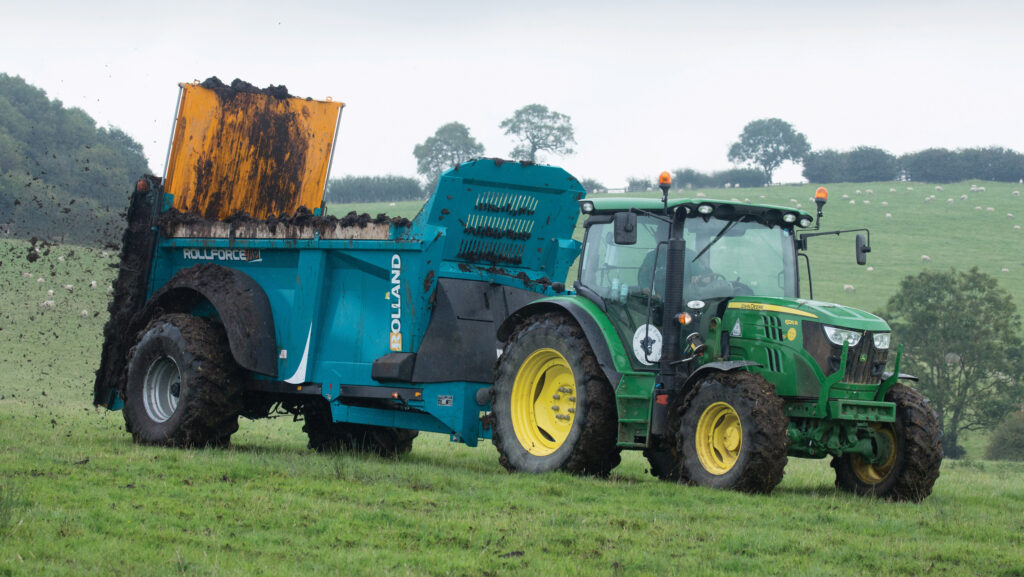
© Tim Scrivener
Support is still available through the AECS for nutrient management actions to reduce diffuse pollution and enhance water quality.
From 1 January 2027, all slurry will need to be applied with precision, low-emissions spreading equipment.
Management of steading drainage
Up to £10,000 an application is available under the AECS to pay in full for actions that reduce dirty water and slurry volumes.
These actions involve creating drainage breaks and diverting surface water run-off from clean or lightly contaminated surfaces into drainage systems, leaving more space in the storage facilities for slurry or silage effluent.
The money will fund underground pipework, the concreting of surfaces and the installation of ramps and channels to keep clean and dirty water separate.
England
All funding for supporting slurry and manure improvements has already been allocated for 2025, and Defra has yet to publish dates for future rounds.
But with 468 of the applications submitted to the Farming Equipment and Technology Fund (FETF) 2025 (the scheme that distributed that cash) unsuccessful, it is evident that much more funding is needed to satisfy the demand for farm businesses to invest and improve.
Slurry was one of three grant themes in the FETF, and between £1,000 and £25,000 was paid out for each application. Successful applicants were notified from mid-September – among 8,800 who secured money across the broader scheme.
It was a generous grant, as Defra met 50% of the cost of items such as robotic slurry pushers, separators and trailing shoe systems.
Farmers now have until 31 March 2026 to make their claims.
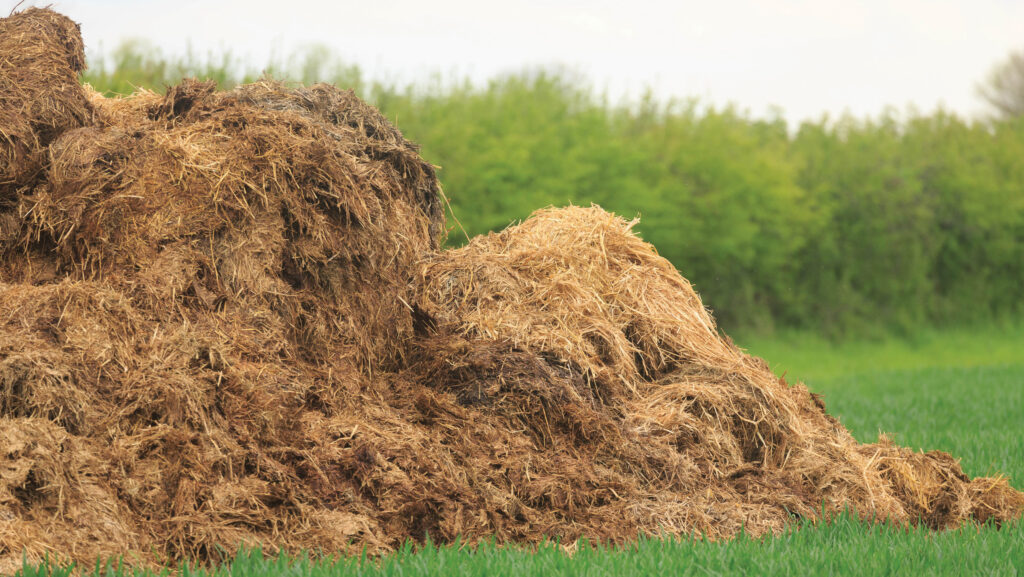
© Tim Scrivener
Northern Ireland
As with all UK regions, Northern Ireland has no active grant schemes for slurry storage – this was offered when the country’s Nutrients Action Programme (NAP) Regulations were first rolled out.
But there could be significant funding coming down the line for other measures involving slurry and manure.
Slurry management
The Department of Agriculture, Environment and Rural Affairs (Daera) is considering capital support for low-emissions slurry spreading equipment as it continues to develop the new Sustainable Farming Investment Scheme (SFIS).
This could be available from early 2026.
Nutrient management
Daera is funding several programmes linked to farm nutrient management.
One of these, the Soil Nutrient Health Scheme, closed for applications in its fourth and final round earlier this year.
However, farmers who were successful are tapping into a range of ongoing support, including online training delivered through the College of Agriculture Food and Rural Enterprise.
